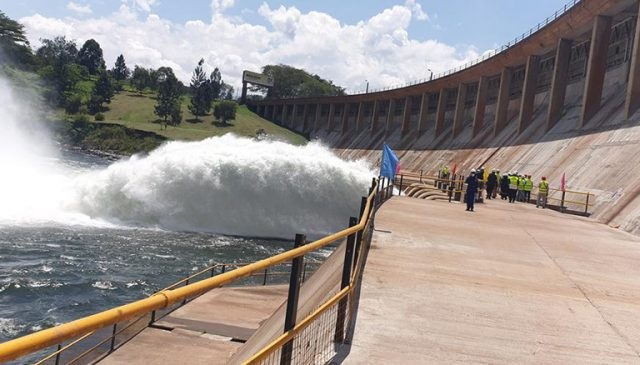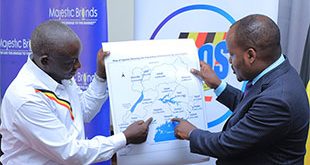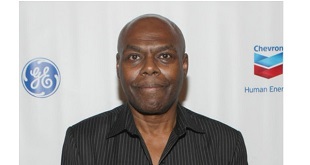
Despite many achievements, Uganda still faces daunting challenges, particularly with an installed generation capacity per capita of 40 MW per million people—one of the lowest in Sub-Saharan Africa.
COMMENT | By DR HARRISON MUTIKANGA | The strides made in Uganda’s electricity subsector over the last two decades are commendable; witnessing a surge in electricity generation capacity from 317 MW in 2002 to 1,378 MW in 2022 and a corresponding expansion of on-grid access from 5% to 19%. Despite these achievements, Uganda still faces daunting challenges, particularly with an installed generation capacity per capita of 40 MW per million people—one of the lowest in Sub-Saharan Africa. Additionally, the long gestation period for developing power plants, ranging from 5 to 10 years, emphasizes the urgent need for sustained investment in electricity generation and supply. Failing to address this may lead to a shortfall in electricity supply meeting demand by 2030.
The Electricity Regulatory Authority’s (ERA) 2021/22 Annual Report indicates a growth trend in demand, with electricity dispatch increasing by 30%, and end-user consumption by 28%, over the preceding five years. To meet the projected growing demand driven by increased industrialization and a shift from biomass energy to grid power, the Government of Uganda (GoU) has outlined Vision 2040 targets in that regard. These include increasing electricity generation capacity to 52,481 MW, enhancing on-grid access to 80%, and increasing electricity consumption to 3,668 kWh per capita. Achieving these targets requires substantial investments, estimated at USD 245 billion for new generation capacity, as outlined in the Energy Policy 2023. This amounts to an annual investment of USD 15 billion, equivalent to 30% of Uganda’s GDP.
Examining the funding landscape for the electricity subsector investments reveals a reliance on the 3 T’s: Taxes, Transfers (including development partners and the private sector), and Tariffs. However, challenges exist within this framework. For instance, GoU funding through taxes is considered unsustainable due to fiscal constraints, competing needs, and a debt-to-GDP ratio close to 50%—the maximum limit in the Charter for Fiscal Responsibility.
Transfers from development partners, on the other hand, face reductions due to competing demands and restructuring of assistance programs. Meanwhile, an analysis of the tariffs indicates that, particularly for the state-owned companies (SOCs)—UEGCL, UETCL and UEDCL—the electricity end-user tariffs do not cover full cost recovery, so as to keep tariffs low. In fact, the NDP target is to reduce the tariff of all consumer categories to US$ cent 5/kWh by 2024/25 and ERA’s 2022/23 target was to reduce the weighted average end-user tariff by 4% from UGX 460 in 2021/22. However, well-intentioned as it may be, artificially lowering end-user tariffs through the GoU policy to set generation tariffs at no more than US$ cent 5/kWh—below the cost recovery level for most generation technologies—has lowered the appetite for private-sector participation in the electricity subsector. This policy has already constrained UEGCL’s ability to efficiently operate and maintain its existing assets and also meaningfully contribute to the much-needed investment in new generation capacity to support Vision 2040.
To highlight the financial predicament of the SOCs, the Auditor General, in the annual audit reports, has expressed concern about UEGCL’s low return on assets, which indicates a suboptimal utilisation of the company’s assets to generate revenue. For instance, with an average tariff of US$ cent 1.51/kWh—significantly below the weighted average generation price of US$ cent 5.49/kWh—UEGCL’s Nalubaale-Kiira Power Station (NKPS) is subsidising the tariff, at the expense of generating revenues for asset renewal and investment in new generation capacity. For context, if NKPS was allowed a tariff of US$ cent 8/kWh, like most Independent Power Producers (IPPs), it would generate about USD 97 million per year in additional revenue, enough to build another 183 MW Isimba Power Plant in just 6 years.
To solve similar financial challenges, the Government of Kenya (GoK) supported KenGen (UEGCL’s equivalent in Kenya) in attaining a full cost-recovery tariff, leading to its financial viability and sustainability. Consequently, KenGen can operate commercially and attract private-sector funds. Moreover, in 2006, GoK sold 30% of its stake in KenGen following a successful Initial Public Offering (IPO) on the Nairobi Securities Exchange, raising over USD 100 million. KenGen has since continued to increase its shareholder value through profitability, and in June 2023, the company paid KES 1.4 billion (over USD 10 million) in dividends to GoK.
In the end, powering Uganda to 52,481 MW is an ambitious target, but it is achievable. This calls for innovative funding approaches and adopting some of the lessons learnt from Kenya and KenGen.
The Government, as an enabler, can support UEGCL and the other SOCs in financing the needed electricity investments through, among others, full cost recovery electricity tariffs that allow reasonable returns on investment, recovering government-invested capital with a return, leveraging market finance, listing on the stock market, partnership with Development Finance Institutions (DFIs), competitive procurement for infrastructure projects and incentive investment programs like the GET FiT scheme. Ultimately, most of these will necessitate tariff and subsidy policy reforms in the electricity subsector.
****
 Dr. Eng. Harrison E. Mutikanga is the Chief Executive Officer Uganda Electricity Generation Company Limited (UEGCL)
Dr. Eng. Harrison E. Mutikanga is the Chief Executive Officer Uganda Electricity Generation Company Limited (UEGCL)
******
RELATED COMMENT
 The Independent Uganda: You get the Truth we Pay the Price
The Independent Uganda: You get the Truth we Pay the Price



